Blogs & News
We are focus on automotive wiring harness & connectors technology.
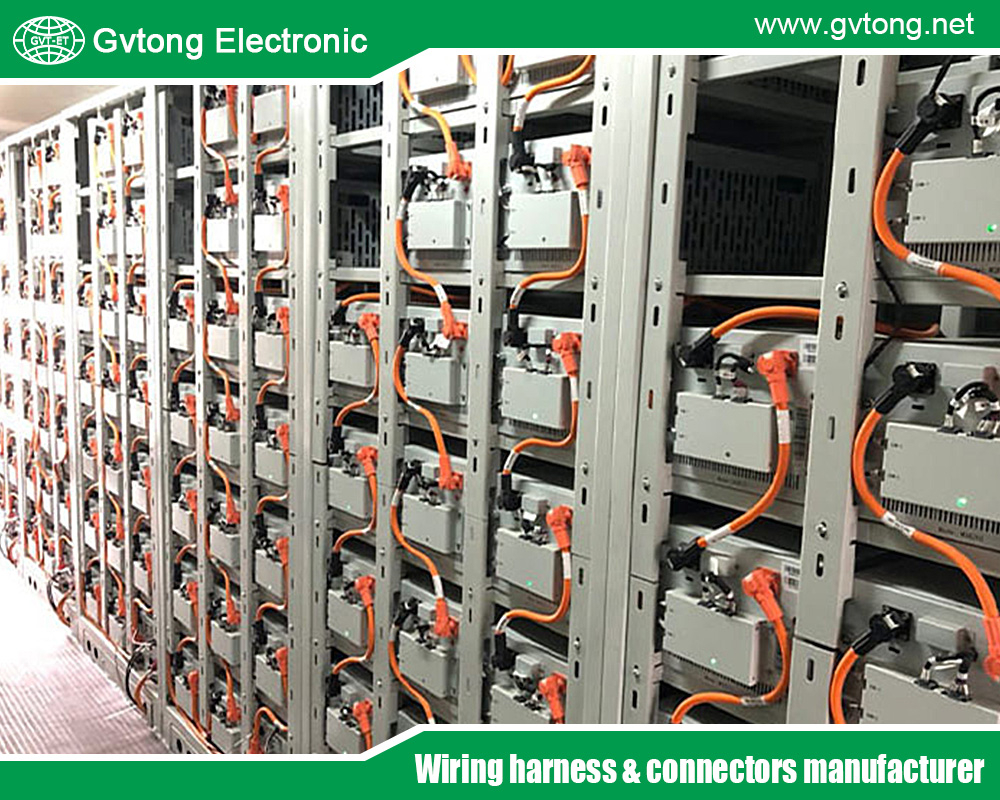
Key Considerations for Environmental Adaptability of 3-Cavity Connectors
- Gvtong Electronic
- 10-cavity connectors, 3-cavity connectors, 3-cavity connectors manufacturer, 3-cavity connectors supplier, 4-cavity connectors, 5-cavity connectors system, 6 - cavity connectors company, 6 - cavity connectors market, 8 - cavity connectors supplier, Anti-vibration automotive connectors, Automotive shielded connectors, automotive waterproof connectors, Battery management system (BMS) connectors, best 4-cavity connectors China, Blind-mate automotive connectors, cavity connectors, EV charging connectors, five-cavity connectors, Five-Cavity Connectors Factory, Fuel cell connectors, High-speed data connectors, High-temperature resistant connectors, In-cabin infotainment connectors, Lightweight automotive connectors, Low-contact resistance connectors, Modular automotive connectors, Oil-resistant automotive connectors, Pre-charge/discharge connectors ADAS sensor connectors, Quick-fit automotive connectors, V2X communication connectors
- No Comments
Key Considerations for Environmental Adaptability of 3-Cavity Connectors
In modern engineering, 3-cavity connectors are critical components in electrical and electronic systems, enabling reliable signal and power transmission in compact configurations. These connectors, typically housing three contacts within a single housing, are widely used in automotive, aerospace, industrial, and consumer electronics applications. However, their performance is heavily influenced by environmental factors such as temperature extremes, moisture, dust, vibration, and chemical exposure. Ensuring environmental adaptability is paramount to maintaining functionality, safety, and longevity in demanding conditions.
This article explores the key considerations for designing and deploying 3-cavity connectors with robust environmental adaptability. It covers material selection, sealing and insulation techniques, standards and testing protocols, and application-specific challenges. By understanding these factors, engineers and designers can optimize connector performance across diverse industries, from automotive systems exposed to road conditions to aerospace components enduring high-altitude stresses. The discussion also highlights emerging trends, such as sustainable materials and advanced manufacturing, that are shaping the future of environmentally resilient connectors. Through a detailed examination, this article aims to provide actionable insights for professionals seeking to enhance the reliability of 3-cavity connectors in harsh environments.
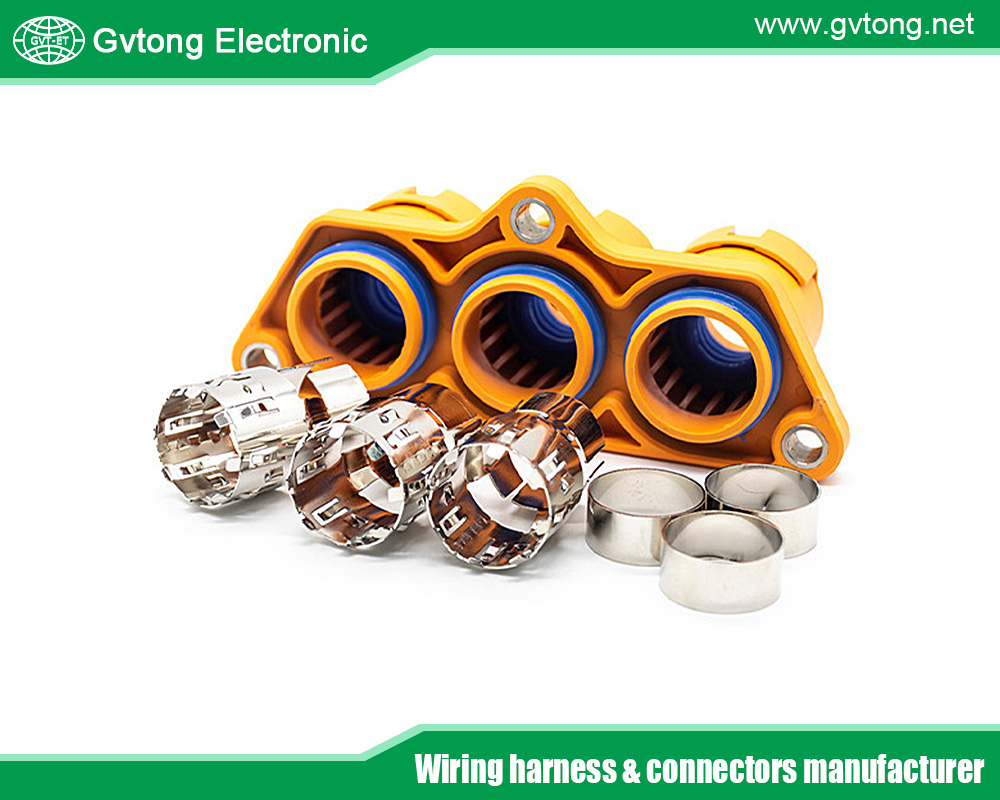
Understanding 3-Cavity Connectors
A 3-cavity connector is a compact electrical connector designed to house three conductive terminals within a single molded or assembled housing. These connectors are valued for their balance of size, reliability, and versatility, making them ideal for applications where space is limited but multiple connections are required. Common uses include automotive wiring harnesses, industrial control systems, and medical devices.
The environmental adaptability of 3-cavity connectors refers to their ability to maintain electrical and mechanical performance under adverse conditions. These conditions include temperature fluctuations (e.g., -40°C to 125°C in automotive applications), exposure to moisture or submersion, mechanical shock, vibration, and chemical corrosion. Failure to address these factors can lead to issues like signal degradation, contact corrosion, or mechanical failure, compromising system reliability.
To achieve environmental adaptability, designers must consider the connector’s material composition, sealing mechanisms, and compliance with industry standards. For instance, automotive connectors often adhere to standards like ISO 6722 for wiring and SAE J2030 for environmental testing, while aerospace connectors may follow MIL-STD-810 for ruggedness. Understanding the specific environmental challenges of the target application—whether it’s the salty air of marine environments or the thermal cycling of space—is critical to selecting and designing a 3-cavity connector that performs reliably over its intended lifespan.
Material Selection for Environmental Resilience
The choice of materials is a cornerstone of environmental adaptability for 3-cavity connectors. Each component—housing, contacts, and seals—must be engineered to withstand specific environmental stressors.
Housing Materials
The connector housing protects internal components from external elements. Common materials include thermoplastics like polybutylene terephthalate (PBT) and polyamide (nylon), which offer a balance of strength, thermal stability, and chemical resistance. For extreme temperatures, high-performance polymers like polyphenylene sulfide (PPS) or liquid crystal polymers (LCP) are preferred due to their ability to maintain structural integrity above 150°C. In corrosive environments, such as marine or chemical processing plants, materials must resist degradation from saltwater, oils, or acids. Glass-filled polymers enhance mechanical strength, while UV-resistant additives prevent degradation in outdoor applications.
Contact Materials
The conductive terminals, or contacts, are typically made from copper alloys (e.g., brass or phosphor bronze) due to their excellent conductivity. However, exposure to moisture or chemicals can cause corrosion, leading to signal loss. To mitigate this, contacts are often plated with materials like gold, silver, or tin. Gold plating offers superior corrosion resistance and is ideal for low-voltage applications, while tin is cost-effective for automotive use but may require additional sealing to prevent oxidation. In high-vibration environments, contacts must be designed with secure locking mechanisms to prevent fretting corrosion, where micro-movements cause surface wear.
Sealing Materials
Seals, such as O-rings or gaskets, are critical for preventing ingress of water, dust, or contaminants. Silicone rubber is widely used for its flexibility and temperature resistance, while fluorocarbon elastomers (e.g., Viton) excel in chemical resistance. The choice of sealing material must align with the connector’s IP (Ingress Protection) rating, such as IP67 for dust-tight and water-resistant performance or IP69K for high-pressure washdowns in industrial settings.
Sustainability Considerations
With growing emphasis on sustainability, manufacturers are exploring bio-based plastics and recyclable materials for connector housings. These materials must meet the same environmental performance standards as traditional options while reducing the ecological footprint. Advances in material science, such as halogen-free polymers, also address regulatory requirements like RoHS (Restriction of Hazardous Substances).
By carefully selecting materials tailored to the application’s environmental demands, engineers can enhance the durability and performance of 3-cavity connectors, ensuring reliable operation in harsh conditions.
Sealing and Insulation Techniques
Effective sealing and insulation are critical to protecting 3-cavity connectors from environmental hazards like moisture, dust, and chemical ingress. These techniques ensure the connector maintains electrical integrity and prevents failures in challenging conditions.
IP Ratings and Sealing
The Ingress Protection (IP) rating system defines a connector’s resistance to solids and liquids. For example, an IP67-rated 3-cavity connector is dust-tight and can withstand immersion in water up to 1 meter for 30 minutes. Achieving high IP ratings requires robust sealing mechanisms, such as rubber gaskets, O-rings, or overmolded designs. Overmolding, where the connector is encapsulated in a protective material, provides a seamless barrier against environmental ingress but may increase production costs.
Cable Entry and Strain Relief
The point where cables enter the connector is a common vulnerability. Grommets or cable seals prevent water and dust from penetrating along the cable jacket. Additionally, strain relief features, such as molded boots or clamps, protect the connector-cable interface from mechanical stress caused by bending or pulling, which is common in automotive or industrial applications.
Insulation for Electrical Performance
Insulation within the connector prevents short circuits and ensures signal integrity. Dielectric materials, such as high-grade thermoplastics, must maintain their properties across a wide temperature range. In high-voltage applications, insulation must also resist arcing and dielectric breakdown. For example, connectors used in electric vehicles (EVs) require enhanced insulation to handle voltages up to 800V while resisting thermal runaway in high-temperature environments.
Vibration and Shock Resistance
In applications like aerospace or heavy machinery, connectors must withstand vibration and mechanical shock. Locking mechanisms, such as positive latches or bayonet couplings, ensure the connector remains mated under dynamic conditions. Additionally, potting compounds can be used to fill voids within the connector, enhancing resistance to vibration and sealing against contaminants.
By integrating advanced sealing and insulation techniques, 3-cavity connectors can achieve the necessary environmental adaptability to perform reliably in demanding applications.
Testing and Standards for Environmental Performance
Rigorous testing ensures that 3-cavity connectors meet environmental adaptability requirements. Industry standards provide benchmarks for performance, while testing validates real-world reliability.
Key Standards
- ISO 6722: Specifies environmental testing for automotive wiring and connectors, including temperature cycling, humidity, and chemical exposure.
- MIL-STD-810: Used in aerospace and defense, this standard tests connectors for extreme conditions like high-altitude low pressure, sand, and vibration.
- IEC 60529: Defines IP ratings for ingress protection, critical for connectors in outdoor or wet environments.
- SAE J2030: Focuses on heavy-duty electrical connectors, testing for resistance to fuels, oils, and environmental stressors.
Testing Protocols
- Thermal Cycling: Simulates temperature fluctuations to ensure material stability and contact reliability. For example, automotive connectors may be tested from -40°C to 125°C.
- Humidity and Salt Spray: Assesses corrosion resistance in humid or saline environments, critical for marine and automotive applications.
- Vibration and Shock: Tests mechanical integrity under dynamic conditions, ensuring connectors remain mated and functional.
- Chemical Exposure: Evaluates resistance to oils, fuels, and cleaning agents, particularly for industrial connectors.
- IP Testing: Verifies sealing effectiveness against dust and water ingress, aligning with the connector’s rated IP level.
Application-Specific Testing
Connectors for medical devices may undergo sterilization testing to ensure compatibility with autoclaving or chemical disinfectants. In contrast, aerospace connectors may require vacuum testing to simulate high-altitude conditions. Tailoring tests to the application ensures the connector meets real-world demands.
Emerging Trends in Testing
Advancements in simulation software allow manufacturers to model environmental performance before physical testing, reducing development costs. Additionally, accelerated life testing predicts long-term reliability, helping designers address potential failure modes early in the development process.
By adhering to relevant standards and conducting comprehensive testing, manufacturers can ensure that 3-cavity connectors deliver consistent performance in their intended environments.
Application-Specific Challenges
The environmental adaptability of 3-cavity connectors must be tailored to the specific demands of their application. Different industries present unique challenges that influence design and material choices.
Automotive
In automotive applications, 3-cavity connectors are used in wiring harnesses for sensors, lighting, and power distribution. They must withstand temperature extremes, road vibrations, and exposure to water, salt, and oils. For electric vehicles, connectors face additional challenges, such as higher voltages and thermal management requirements. Robust sealing (e.g., IP69K) and vibration-resistant locking mechanisms are critical.
Aerospace
Aerospace connectors operate in extreme conditions, including high altitudes, rapid temperature changes, and intense vibrations. Materials must be lightweight yet durable, and connectors often require EMI (electromagnetic interference) shielding to prevent signal disruption in avionics systems. Compliance with MIL-STD-810 is essential, and redundancy in sealing may be needed for critical applications.
Industrial
Industrial environments expose connectors to dust, chemicals, and high-pressure washdowns. Connectors in factories or mining operations must achieve high IP ratings and resist abrasion. Additionally, connectors in robotic systems require flexibility and durability to handle repetitive motion without compromising electrical performance.
Medical
Medical connectors must withstand sterilization processes, such as autoclaving or chemical cleaning, without degrading. Biocompatible materials and reliable sealing are critical to prevent contamination in devices like patient monitors or surgical equipment. Additionally, connectors must maintain signal integrity for precise data transmission.
Consumer Electronics
In consumer devices, such as outdoor wearables or smart home systems, 3-cavity connectors face UV exposure, moisture, and temperature fluctuations. Compact designs are prioritized, but environmental resilience remains essential, particularly for devices rated for outdoor use.
By addressing application-specific challenges, designers can ensure that 3-cavity connectors meet the unique environmental demands of each industry.
Future Trends and Innovations
The future of 3-cavity connectors is shaped by advancements in materials, manufacturing, and design. Sustainable materials, such as bio-based plastics and recyclable alloys, are gaining traction to meet environmental regulations and reduce carbon footprints. Additive manufacturing (3D printing) enables rapid prototyping and customized connector designs, improving adaptability to specific applications.
Smart connectors with integrated sensors are emerging, allowing real-time monitoring of environmental conditions like temperature or humidity. These connectors can alert systems to potential failures, enhancing reliability in critical applications like aerospace or medical devices. Additionally, advancements in nanotechnology are improving contact coatings, reducing corrosion and extending connector lifespan.
Miniaturization remains a key trend, as industries demand smaller, lighter connectors without compromising environmental resilience. Innovations in sealing, such as nano-coatings or self-healing materials, promise to enhance ingress protection while reducing manufacturing complexity.
Finally, the integration of AI and simulation tools is streamlining connector design and testing, enabling faster development cycles and more robust environmental performance. These trends ensure that 3-cavity connectors will continue to evolve, meeting the demands of increasingly complex and harsh environments.
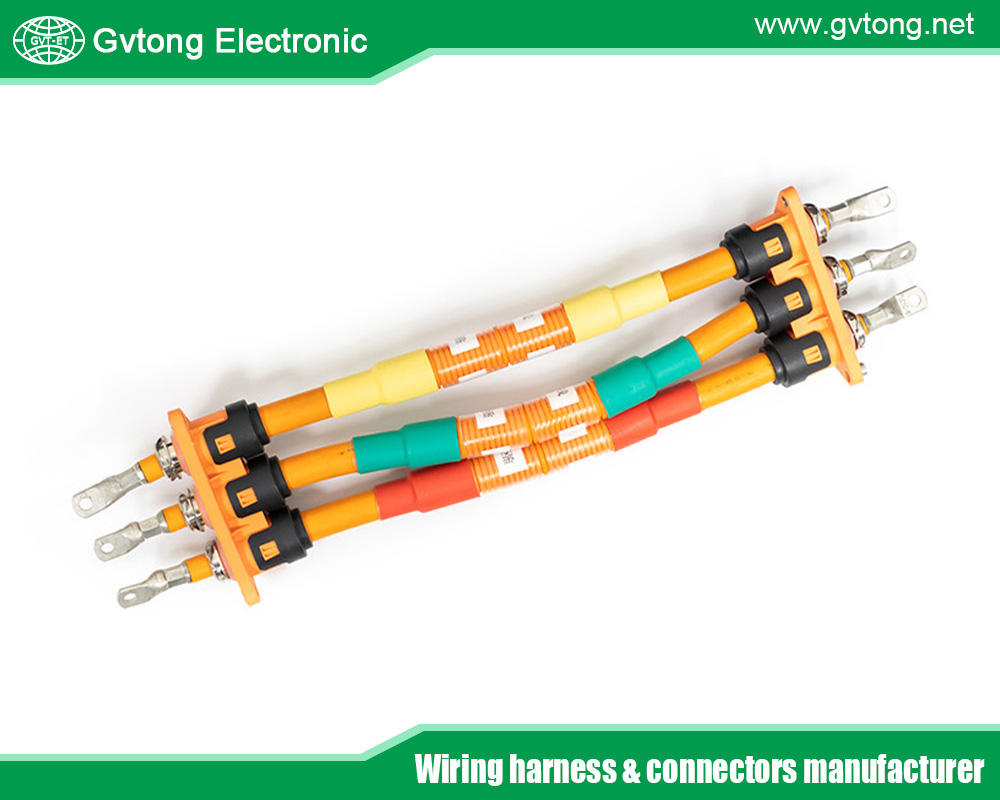
Conclusion
The environmental adaptability of 3-cavity connectors is a critical factor in their performance across diverse applications, from automotive to aerospace and medical devices. By focusing on material selection, sealing and insulation techniques, rigorous testing, and application-specific design, engineers can ensure these connectors withstand harsh conditions like temperature extremes, moisture, vibration, and chemical exposure. Standards like ISO 6722, MIL-STD-810, and IEC 60529 provide essential guidelines, while advancements in sustainable materials and smart technologies are shaping the future of connector design.
As industries continue to push the boundaries of performance and miniaturization, 3-cavity connectors must evolve to meet new challenges. Innovations in manufacturing, such as 3D printing and AI-driven design, are enabling more resilient and efficient connectors. By prioritizing environmental adaptability, manufacturers can deliver reliable, high-performance solutions that enhance system safety and longevity. For engineers and designers, understanding these key considerations—material science, sealing techniques, testing protocols, and application demands—is essential to unlocking the full potential of 3-cavity connectors in an ever-changing technological landscape.
For more about the best key considerations for environmental adaptability of 3-cavity connectors, you can pay a visit to Gvtong at https://www.gvtong.net/ for more info.
Recent Posts
Revealing the Core Advantages of Automotive Hybrid Connectors
What is the 12 Volt Automotive Wire Connector
Recommend the Best ADAS Automotive Connector Manufacturers in China
What is an Electrical Distribution System and How to Choose It
The Top Automotive Electrical Connectors Manufacturers You Want to Know
How to Choose the Best Automotive Connector Suppliers in Vietnam
The Best High Current Connectors Automotive Manufacturer in China
Tags
Recommended Products
-
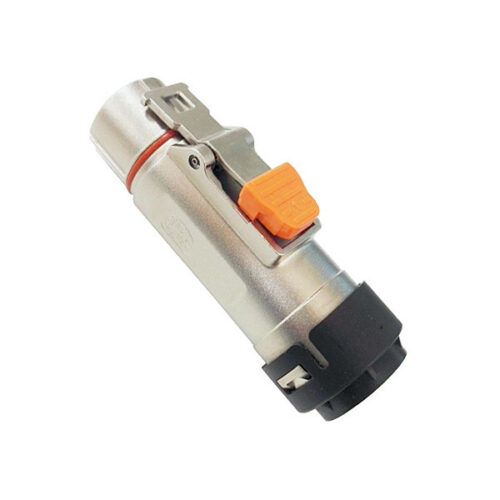
Straight metal connector-10mm-single core
-
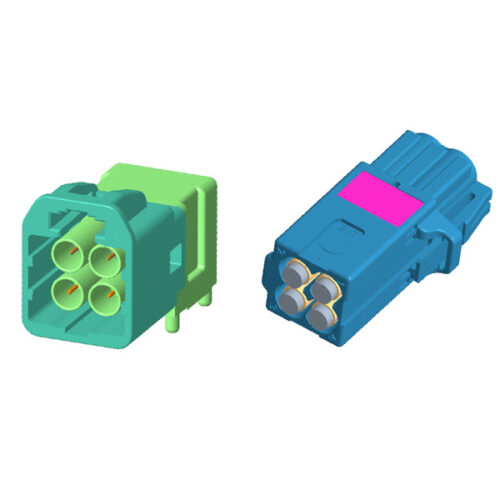
Automotive RF MINI FAKRA Four-Core Connector, Quad Port, PCB Through Hole, Right Angle, Plug, 50 Ohm
-
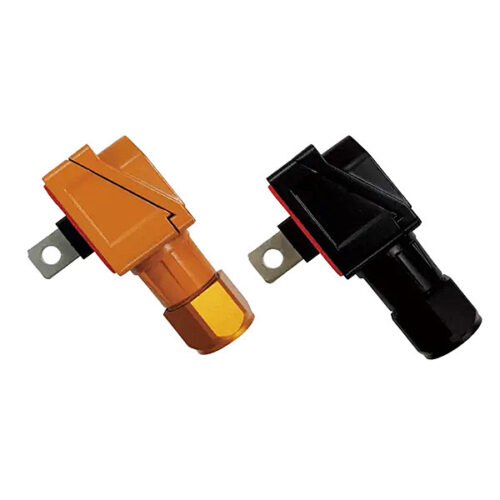
Positive and negative terminal box – oblique opening
-
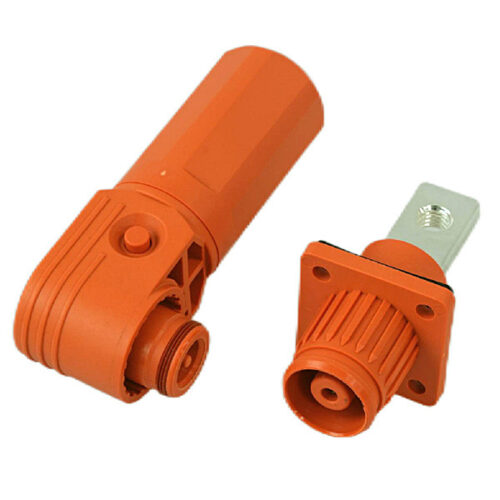
GB Series-Energy Storage Connector-10.0mm
-
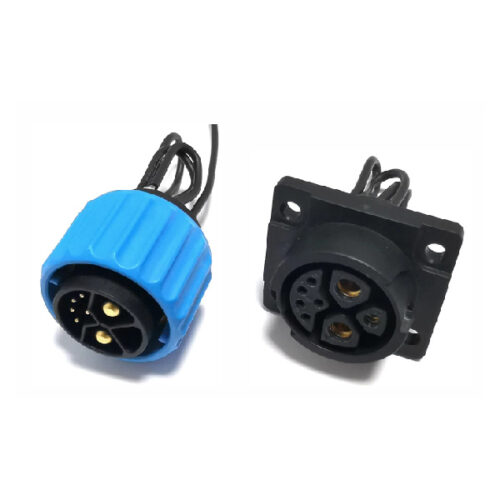
GD Series – Combined Power Connector – (2+1+5) Cores
-
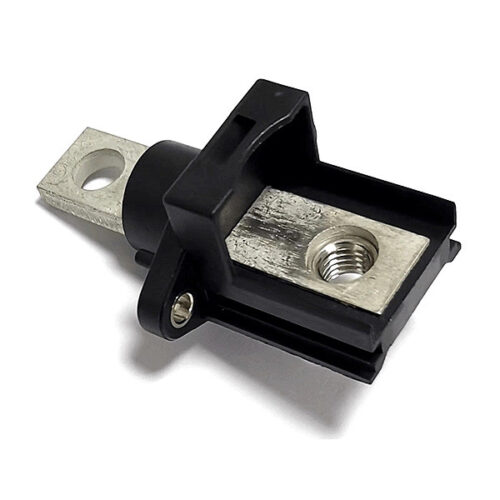
GHDC terminal
-

Electric Vehicles AC charging socket, New Energy Vehicles AC Socket Type 1 EV Charging Adapter
-
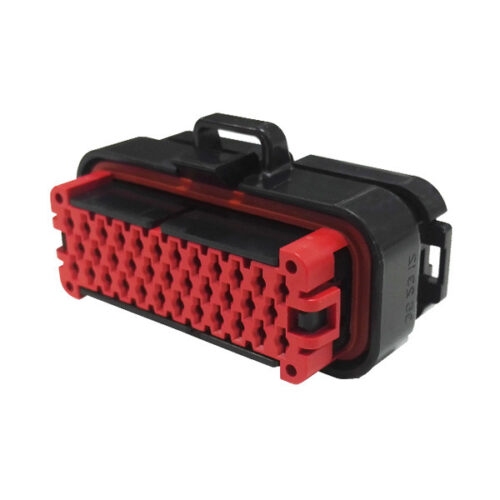
GE Series-35-core three-row signal connector
